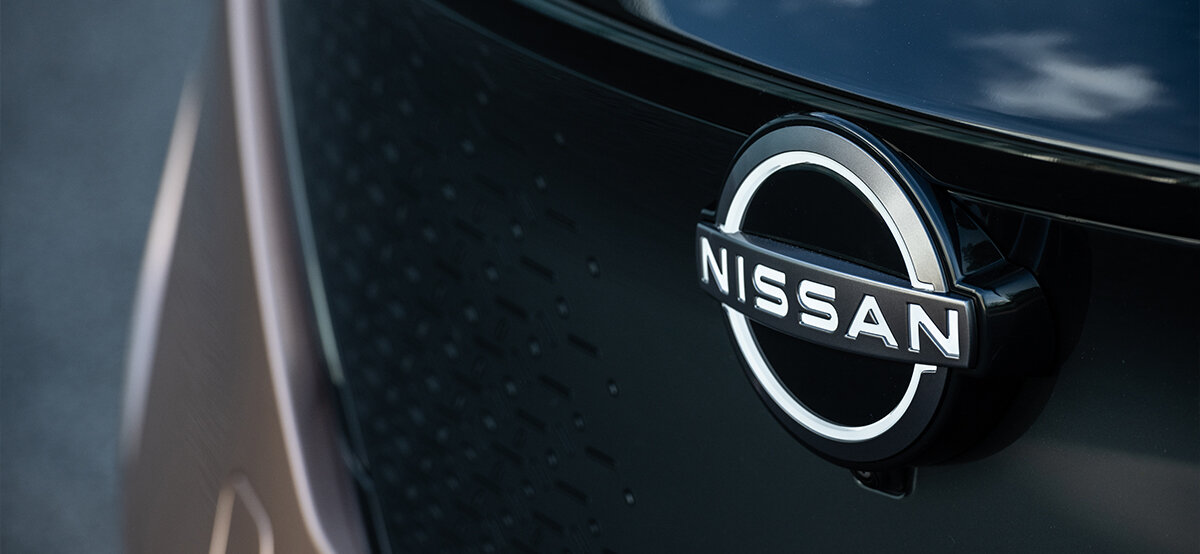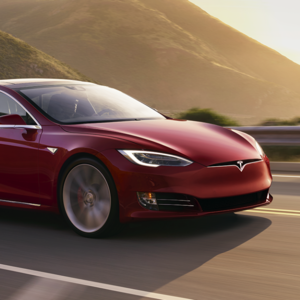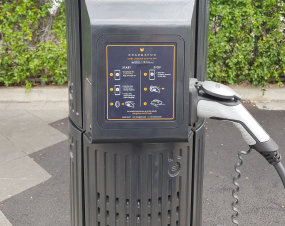The Model 3 overtaking the LEAF as the world’s all-time bestselling EV this year marked almost exactly one decade since Nissan launched their pioneering EV. Despite its innovative origins, the LEAF stood alone while other automakers slowly padded the e-mobility menu: the Tesla Model S in 2012; the Renault Zoe in 2013; the Jaguar I-PACE in 2018.

But despite appearances, Nissan’s decade hasn’t been spent leaning on the LEAF, and this week they revealed their latest all-electric offering: the Ariya. A 38-minute digital premiere debuted the car, an all-new company logo, and hinted at the future of Nissan EVs.
If you can get past the presenters’ oxymoronic insistence on referring to the design “timeless futurism”, you’ll find the Ariya adheres to similarly sleek style standards as the rest of the growing e-crossover field. Certainly a sexier package than the less-than-flashy LEAF.
It was a successful presentation baked with a reliable recipe: flashy digital debut, an updated company logo, filled-in front end, smooth lines and a tech-heavy interior. Seem familiar?
While the number of electric crossovers is somewhat limited today, offerings are slated to grow exponentially in the near future. If we include PHEVs — which we should, because many of them run close to 100% electric anyway — 2021 will see the space filled by the Toyota RAV4 Prime, Volkswagen ID.4, Ford Mustang Mach E, Volvo XC40, Audi e-tron Sportback and the MG ZS EV. That’s in addition to existing vehicles including the Hyundai Kona, Kia Niro EV, Tesla Model X & Y and the Jaguar I-PACE.
And yes, many of these models aren’t sold in Australia, but we’re trying not to think about that.

The roadblocks keeping EVs out of Australia
Out on the range
But even with this competition on the roads and on the horizon, some of the Ariya’s specs are raising eyebrows, particularly Nissan’s bold range estimate for the 87 kWh FWD version: they are claiming “up to 610 km” based on the Japanese WLTC range-rating system. That’s more than 100 km more than the EPA-rated Tesla Model Y, and well above expected ranges on other upcoming electric crossovers (with larger battery packs) including the Ford Mustang Mach E and the Volkswagen ID.4.

Volkswagen’s electric SUV is coming to Australia
But have Nissan really invented some secret sauce to boost battery life? Probably not.
How the Japanese WLTC is different, and why the Ariya probably won’t make 610 km range
The Japanese WLTC is a variant of the global WLTP range-testing cycle with a handful of differences to the frequently cited European variant. Since Nissan’s 610 km Ariya range estimate is based on this modified cycle, it’s worth looking closer at the ways it differs, and what those differences mean for the Ariya.
The first difference is a slightly hotter temperature range on the Japanese WLTC (-2℃~38℃) than the European cycle (-7℃~35℃) which increases range estimates because batteries generally perform better at higher temperatures. Research suggests that peak efficiency is achieved at around 20℃, and that the greatest losses to range occur at the very low end (sub 0℃). High temperatures can impact range, especially if they cause drivers to pump the AC, but their greatest deficits are associated with battery degradation over time, not the range achieved on one specific charge.
The second difference is speed. The Japanese motorway speed limit is set at 100 km/h — a lot lower than Europe. As a result, the Japanese WLTC doesn’t apply the high-speed phase of the WLTP (testing over 100 km/h), which makes a sizeable difference for EV range results since their efficiency is best at low speeds. Overall, the average and maximum speeds of the Japanese test (36.5 km/h average; 97.4 km/h max) are significantly lower than the European test (46.5 km/h average; 131.3 km/h max) according to resources available from the United Nations Economic Commission for Europe.
The UNECE report cites a handful of other minor differences between them, but these aren’t likely to affect the range estimates of EVs. It’s hard to know exactly how great the difference will be for the Ariya before it gets tested independently, but expect it to go down from 610 kms. Something closer to the ~500 km range of other EV crossovers is more likely.
Ariya kidding?
So should we write off Nissan’s latest before it’s even started production? No, of course not. There’s a lot to look forward to — at least if it makes its way to Australia, which hasn’t been confirmed.
Tight pricing — around 5 million Yen in Japan (~$67,000 AUD) — puts it in territory beside both budget and higher-end EVs. Even in a worst-case scenario, with a sizeable cut in the estimated range, the Ariya will be competitive against offerings from the Hyundai Kona all the way to the Tesla Model Y. The tech that made up so much of Nissan’s presentation could be what makes or breaks this model.



And whether the Ariya is a revelation or not, Nissan will still have the LEAF. There’s no doubt about the range on this all-electric classic. In fact, just this month JET Charge have gone and bought one.








